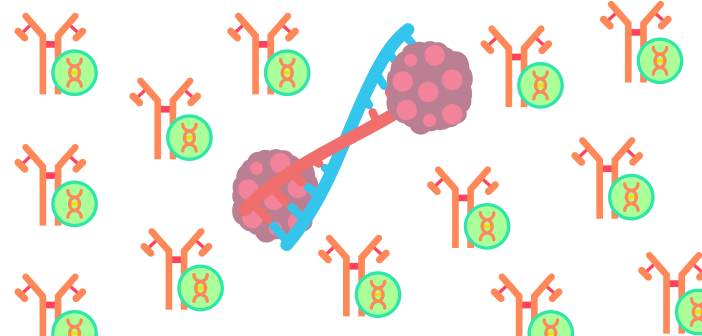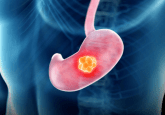OptiPRM: a novel workflow for identifying individual cancer neoepitopes

OptiPRM provides a new targeted immunopeptidomics LC–MS workflow to identify cancer neoepitopes with minimal samples.
Scientists from the German Cancer Research Center (Heidelberg, Germany) and the National Center for Tumor Diseases Heidelberg (Germany) have developed an analytical method to determine individual cancer neoepitopes. This new method, termed optiPRM, is detailed in Molecular and Cellular Proteomics.
Personalized cancer immunotherapies, like vaccines and T-cell receptor (TCR)-transgenic T cells, depend on human leukocyte antigen (HLA) class I molecules presenting tumor-specific peptides to cytotoxic T cells. These tumor-specific peptides are known as neoepitopes and are appealing immunotherapy targets due to their unique expression in tumors. Identification of these neopeptides is essential for the development of safe and efficient immunotherapies.
In order to identify neoepitopes, most researchers employ next-generation sequencing data and in silico HLA binding predictions to select candidates, followed by in vitro assays to test peptide-HLA binding and immunogenicity. However, this workflow does not indicate if a peptide is truly presented on the target cell. Currently, the only method to directly confirm peptide presentation is through mass spectrometry (MS)-based immunopeptidomics.
“MS provides the only real proof that a neoepitope is actually presented. However, with standard MS methods, low abundance peptides such as tumor neoepitopes are often lost and not detected,” explained Angelika Riemer, an immunologist from the German Cancer Research Center.
To address this issue, Riemer’s team developed optiPRM, a targeted MS workflow utilizing Parallel Reaction Monitoring (PRM) to identify HLA class I-presented peptides from minimal sample amounts. The goal is to expedite and enhance the identification of individual cancer neoepitopes in patients in the future.
You may also be interested in:
- The new frontier: the bioanalysis of cell and gene therapies
- World Immunotherapy Congress 2024
- Bispecific antibodies are ‘switching’ up immunotherapy
The peptides in question were initially chosen through robust bioinformatics analysis and the examination of tumor DNA and RNA sequencing data. The selected peptides were then synthesized in the lab to fine-tune the mass spectrometer’s analysis settings for each specific peptide. Following this, an actual tumor tissue sample was analyzed. This approach allows the researchers to determine the optimal device settings for detecting the neoepitopes accurately.
The team demonstrated that detecting mutation-derived neoepitopes is achievable from just 2.5×106 cells or 35 mg of tumor tissue, which is approximately 10–100 times less than commonly used sample amounts in immunopeptidomics approaches. They were able to target 274 peptides in the tumor biopsies of five different patients using the optiPRM method and identified five distinct mutation-derived neoepitopes in three patients, illustrating that the optiRPM workflow can identify low abundant neoepitopes from minimal samples.
The team believes that validated neoepitopes will act as a foundation for the effective creation of personalized cancer treatments.
“Our optiPRM protocol will help to provide this evidence (neoepitopes presented on the surface of cancer cells) from minimal tissue samples and suggest validated tumor epitopes to clinicians for individualized cancer therapy”, concluded Riemer.





